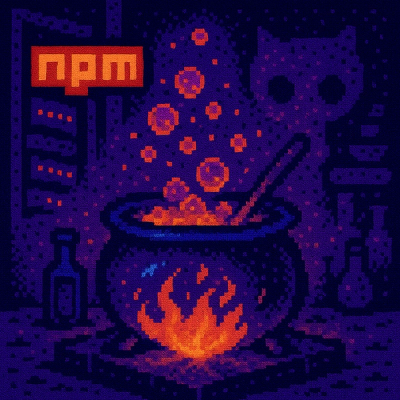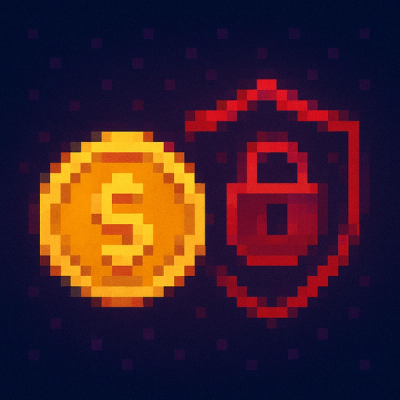
Security News
The Changelog Podcast: Practical Steps to Stay Safe on npm
Learn the essential steps every developer should take to stay secure on npm and reduce exposure to supply chain attacks.
graphgallery
Advanced tools
TensorFlow or PyTorch, both!
GraphGallery is a gallery for benchmarking Graph Neural Networks (GNNs) and Graph Adversarial Learning with TensorFlow 2.x and PyTorch backend. Besides, Pytorch Geometric (PyG) backend and Deep Graph Library (DGL) backend now are available in GraphGallery.
# Outdated
pip install -U graphgallery
or
# Recommended
git clone https://github.com/EdisonLeeeee/GraphGallery.git && cd GraphGallery
pip install -e . --verbose
where -e means "editable" mode so you don't have to reinstall every time you make changes.
In detail, the following methods are currently implemented:
The graph purification methods are universal for all models, just specify:
graph_transform="purification_method"
so, here we only give the examples of GCN with purification methods, other models should work.
more details please refer to GraphData.
It takes just a few lines of code.
from graphgallery.gallery.nodeclas import GCN
trainer = GCN()
trainer.setup_graph(graph)
trainer.build()
history = trainer.fit(train_nodes, val_nodes)
results = trainer.evaluate(test_nodes)
print(f'Test loss {results.loss:.5}, Test accuracy {results.accuracy:.2%}')
Other models in the gallery are the same.
If you have any troubles, you can simply run trainer.help() for more messages.
>>> import graphgallery
# Default: PyTorch backend
>>> graphgallery.backend()
PyTorch 1.7.0cu101 Backend
# Switch to TensorFlow backend
>>> graphgallery.set_backend("tf")
# Switch to PyTorch backend
>>> graphgallery.set_backend("th")
# Switch to PyTorch Geometric backend
>>> graphgallery.set_backend("pyg")
# Switch to DGL PyTorch backend
>>> graphgallery.set_backend("dgl")
But your codes don't even need to change.
This is motivated by gnn-benchmark
from graphgallery.data import Graph
# Load the adjacency matrix A, attribute matrix X and labels vector y
# A - scipy.sparse.csr_matrix of shape [num_nodes, num_nodes]
# X - scipy.sparse.csr_matrix or np.ndarray of shape [num_nodes, num_attrs]
# y - np.ndarray of shape [num_nodes]
mydataset = Graph(adj_matrix=A, node_attr=X, node_label=y)
# save dataset
mydataset.to_npz('path/to/mydataset.npz')
# load dataset
mydataset = Graph.from_npz('path/to/mydataset.npz')
graph Classification and link predictionThis project is motivated by Pytorch Geometric, Tensorflow Geometric, Stellargraph and DGL, etc., and the original implementations of the authors, thanks for their excellent works!
Please cite our paper (and the respective papers of the methods used) if you use this code in your own work:
@inproceedings{li2021graphgallery,
author = {Jintang Li and Kun Xu and Liang Chen and Zibin Zheng and Xiao Liu},
booktitle = {2021 IEEE/ACM 43rd International Conference on Software Engineering: Companion Proceedings (ICSE-Companion)},
title = {GraphGallery: A Platform for Fast Benchmarking and Easy Development of Graph Neural Networks Based Intelligent Software},
year = {2021},
pages = {13-16},
publisher = {IEEE Computer Society},
address = {Los Alamitos, CA, USA},
}
FAQs
A Gallery for Benchmarking Graph Neural Networks and Graph Adversarial Learning.
We found that graphgallery demonstrated a healthy version release cadence and project activity because the last version was released less than a year ago. It has 1 open source maintainer collaborating on the project.
Did you know?

Socket for GitHub automatically highlights issues in each pull request and monitors the health of all your open source dependencies. Discover the contents of your packages and block harmful activity before you install or update your dependencies.

Security News
Learn the essential steps every developer should take to stay secure on npm and reduce exposure to supply chain attacks.

Security News
Experts push back on new claims about AI-driven ransomware, warning that hype and sponsored research are distorting how the threat is understood.

Security News
Ruby's creator Matz assumes control of RubyGems and Bundler repositories while former maintainers agree to step back and transfer all rights to end the dispute.